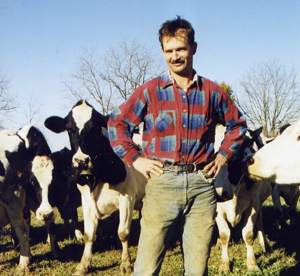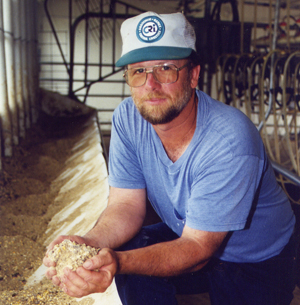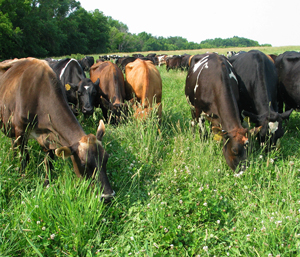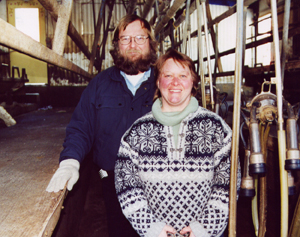Belleville, Wisconsin — I spend most of my time writing about graziers with “all-grass” mindsets who want to milk scores of cows through swing parlors and the like.
But I must admit that if I had a Top 10 list of most admired dairy graziers, on it would be a guy with 72 tillable/grazing acres, a five-year cropping rotation and fewer than 30 cows.
Between 1993 (when he stopped green chopping and started grazing) and 2001, Tim Pauli averaged net income of $1,408 per cow including interest and depreciation costs, but not unpaid labor or return to capital. For 2002, a horrible year for so many dairy farmers, early figuring indicated a per-cow net of $1,424 without Uncle Sam’s MILC payments, and $1,603 with them. This was accomplished by shipping 15,893 lbs./cow priced at $11.80/cwt. from an average of 26.2 Holsteins in an operation that required 2,400 to 2,500 labor hours last year. Continue reading “Small farm stands tall”






